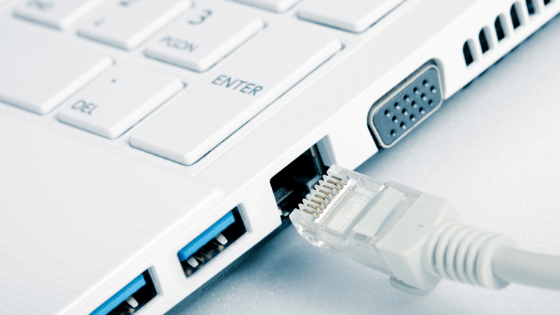2. Get a monopoly on the wifi bandwidth.
When you hardwire to your router you have a dedicated connection that offers you whatever your service provider provides. It does not matter how many other devices are connected. However, when you connect with wifi your bandwidth is shared with every other device on your home wifi network. All those phones, tablets, TVs, PlayStations, doorbells, thermostats… You would be surprised to know how many devices will be on your network. Those that are streaming video will be particularly hungry for bandwidth. Netflix 4K HDR video requires 25MBpS download speed. HD movies require a lot less at about 5MBps. But using my speed test earlier giving me 15MBps download, if my youngest is watching a movie, my eldest is playing his PS4 online with his mates and daughter is watching some YouTube videos, if I try to video call then I am going to experience lag and poor quality audio. So, if you know you are going to have a video call, and you can’t plug an ethernet lead-in, at least get as many other devices off your home wifi network.

